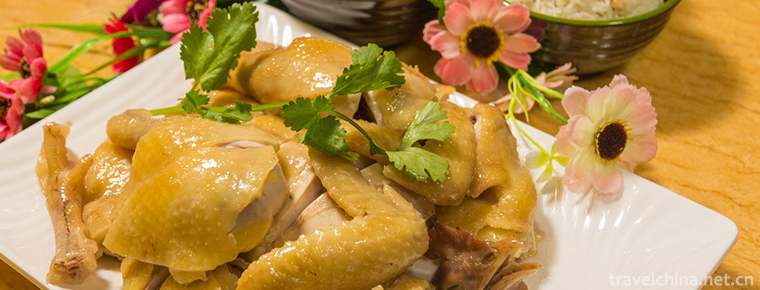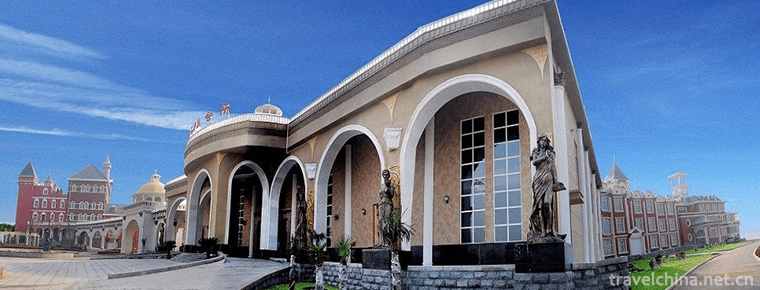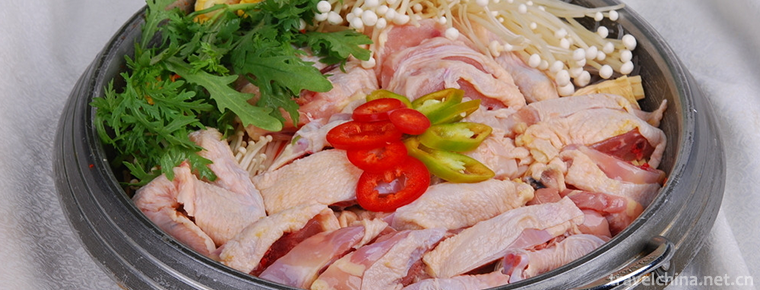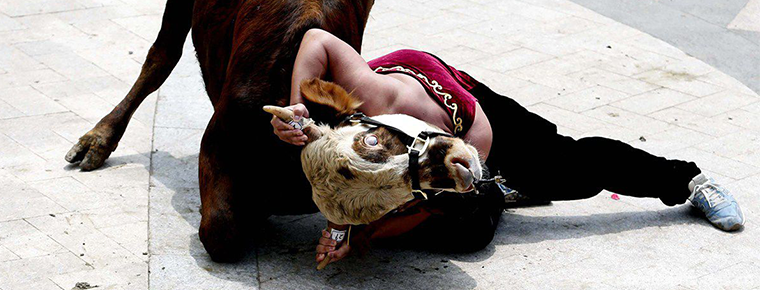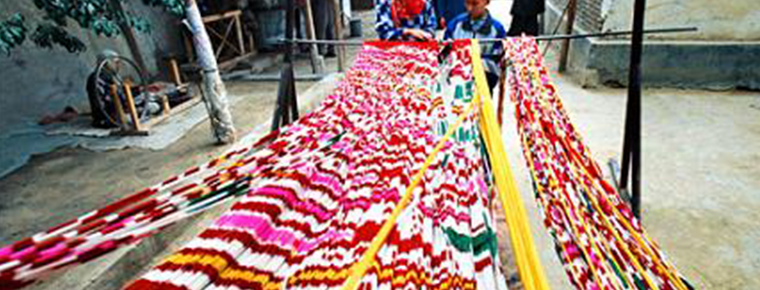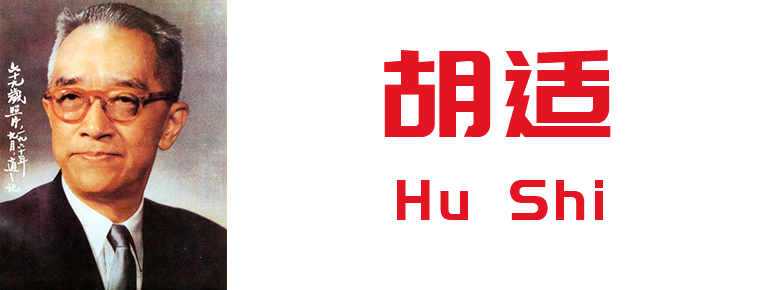Eyebrow household
Eyebrow household
Eyebrow households, distributed in Shanxi, Shanxi, Shaanxi, Gansu, Western Henan and other provinces, also known as "Eyebrow Shao" or "confusion", are named for their euphemistic melody and fascinating artistic charm. Its tribute tune is mainly composed of minor tunes, commonly known as "opera" and literati used to call it "Qingqu" .
Where the eyebrow household originated has not yet been documented, and artists have passed it down from generation to generation with different opinions. Formed in the Qianlong period of the Qing Dynasty, it prevailed in Guanzhong, Shanxi, Henan, Hubei, Sichuan, Gansu, Ningxia, Qinghai and parts of Xinjiang. Modern eyebrow households have two ways in Guanzhong. Eastern Meihu is prevalent in Huayin City and Huaxian County. There is a popular saying that "the line of Bangzi Buyang in Tongzhou is passed down from Meihu in Erhua to the world". Meihu on the west road was first prevalent in Meixian and Huxian (today's "Maoyi District") and was named "Meihu". Twelve Sickles, Liang Qiuyan, Apricot Flower Village, Late-blooming Roses, Aunt-in-law in Northern Shaanxi, Butcher Zhuangyuan, Leaving True Love and other plays are representative.
In 1949, the Chinese Youth Delegation, invited to perform "Twelve Sickles" in Moscow and Budapest, won the attention and praise of the international theatrical circles. In 1955, the Shaanxi Academy of Traditional Opera performed the modern drama Liang Qiuyan, which was awarded as a long-term preservation. In 1982, the large-scale Meihu Opera "Xinghua Village" was produced by Xi'an Film Studio as an opera art film and released nationwide. In 1999, Chen Yan's modern drama "Late Opening Rose" was rated as the top ten excellent plays in the national stage art project. On June 7, 2008, Meihu Opera was approved by the State Council to be included in the second batch of national intangible cultural heritage list . In 2010, the Meihu in southern Shanxi Province, declared by Linfen City, Shanxi Province, was included in the third batch of national intangible cultural heritage list.
Origin of drama
Meihu Opera is one of the main operas in Shaanxi Province. It is spread in the west of Henan Province and the south of Shanxi Province. It also extends to Gansu, Ningxia, Qinghai, Xinjiang and other places, and prevails in Guanzhong area. The eyebrow household is also called "eyebrow" or "confused". There are different opinions about the origin of Mei Hu Opera.
Meihu Opera's tone and tribute are mostly formed by absorbing the folk songs of Guanzhong in Ming and Qing Dynasties. Legend has it that Kanghai, the first champion of Wugong County in the Ming Dynasty, devoted himself to the cause of Qin Opera after Liu Jing's case was implicated in his hometown. He set up his own "Kangjia Ban Society", advocated the voice of Qin Opera, composed music, wrote plays and practiced singing, and was respected as the originator of Qin Opera and Meihu. Meihu Opera came from Sanqu. Kanghai created more than 500 Sanqu pieces. After Kanghai's sudden encounter with his deceased wife, son and daughter-in-law, his spirit suffered a heavy blow. The songs hummed in the dusk were recorded by two concubines and daughters-in-law. He then screened and classified them into major and minor tunes, with pipa, banhu, border drum and sea flute as musical instruments. Theatre, then became popular in the five northwest provinces of Meihu Opera .
Shaanxi Meihu can be divided into two ways: East Meihu originates from Huayin and Huaxian. Because of its melodious and charming tunes, Shaanxi has the idea of "Hu" as a "drama", so it is called "Mahu", which means a charming drama. Huayin and Huaxian were the regions of Zheng State in Zhou Dynasty, and the eyebrow households might be influenced by Zheng Sheng. There is a popular saying that "the line of Bangzi Buyang in Tongzhou and that of Erhua Meihu in the world" . According to legend, Meihu County on the West Road originated from Meixian County and Huxian County (H) at the foot of Taibai Mountain in Shaanxi Province, so it is called "Meihu" and Meihu Qu originated from Shaanxi folk songs, which was called "Qing Tune" in ancient times. Based on love songs, pastoral songs, woodcutter songs, fishing songs, minor tunes and nursery rhymes in folk songs, Xiaoling and divertimento of the Yuan Dynasty were introduced into them in the Ming Dynasty. After a long period of evolution and continuous processing, they developed into a kind of opera art.
Protection status
Mei Hu Opera is one of the intangible cultural heritage of the country. Traditional opera mainly consists of amateur folk performances, with few professional performing groups. With the change of society and the diversification of entertainment, the living space of opera has become smaller and smaller, and it is now on the verge of being lost.
In 2008, Meihu households declared by Huayin City of Shaanxi Province and Linyi County of Shanxi Province were included in the second batch of national intangible cultural heritage list .
In 2010, Meihu in southern Shanxi Province, declared by Linfen City, Shanxi Province, was selected as the third batch of national intangible cultural heritage list .
In December 2014, the State Council approved the publication of the fourth batch of national intangible cultural heritage catalogues determined by the Ministry of Culture, and Shaanxi Meihu, which was declared by Shaanxi Opera Research Institute, was successfully selected. On May 25, Shaanxi Academy of Traditional Opera was awarded the plaque "Meihu, a representative project of national intangible cultural heritage" by the State Council and the Ministry of Culture.


-
Mount Hua
Mount Hua, known as "Xiyue" and "Taihua Mountain" in ancient times, is one of the five famous mountains in China and the birthplace of Chinese civilization.
Views: 339 Time 2018-10-30 -
Wenchang chicken
Hainan Wenchang chicken, special product of Wenchang City, Hainan, China national geographical indication product. .
Views: 222 Time 2018-11-05 -
Jizu Mountain Scenic Spot in Binchuan
Jizu Mountain is located in a cave-making area about 20 kilometers west of Binchuan County, Yunnan Province, 90 kilometers away from Dali City. It is named for its three peaks in the front and a ridge.
Views: 140 Time 2019-01-03 -
Hanover Manor
Hannuo Manor is a national AAAA-level tourist attraction, located in the southeast suburbs of Shanting District, Zaozhuang City, Shandong Province. It is located on the front alluvial slope surrounded.
Views: 104 Time 2019-01-13 -
Xigaosong Scenic Spot
Xiqiaosong Scenic Area is located at the foot of Tianjing Mountain, 13 kilometers west of Chengxian County, in the middle of Yuqiaoxia, a national AAAA-level tourist attraction.
Views: 187 Time 2019-02-25 -
Ginseng Chicken Hotpot
Wash ginseng, boil it in a little water, take out slices, and cook it in the original pot for 15 minutes. Still soak it in the original soup. All the above ingredients except hen nuggets and ginseng s.
Views: 239 Time 2019-03-24 -
Caogao Gong and drum in northern Sichuan
Licao Gong and drum in northern Sichuan is a kind of traditional folk music. It mainly distributes in four counties and three districts of Guangyuan City, Sichuan Province.
Views: 373 Time 2019-04-18 -
Bullfight
Bull-wrestling is a traditional competitive sport of the Hui people. It means throwing, wrestling and throwing. It can also be called bullfighting of the Hui people..
Views: 100 Time 2019-05-01 -
Nail twist Jiaru jiacuo
Jiaru is a traditional dance of Mosuo people in Lugu Lake, Yunnan Province. It is a song and dance for people to celebrate harvest, festivals and pray for gods..
Views: 273 Time 2019-05-05 -
Construction Techniques of Miaozhai Diaojiao Building
Miaozhai hanging-feet building is evolved from the form of "nest dwelling". It is built with bamboo and wood. The lower part of the building is hollow. It is called "semi-dry fence".
Views: 108 Time 2019-06-05 -
Weaving and Dyeing Techniques of Adlais Silk
Adlais silk is produced in Jiya Township, Luopu County, located in the northwest of Luopu County, on the East Bank of the middle and lower reaches of the Yulong Kashi River. Ancient Hetian was the tra.
Views: 424 Time 2019-07-06 -
Hu Shi
Hu Shi (December 17, 1891 - February 24, 1962), who used the name "Xi Jiang", learned the name of Hong Kong, and later changed his name to the right word. A thinker, a writer, a philosopher..
Views: 163 Time 2019-09-07

